Dap Cau communal house
(BNP) - Dap Cau communal house is located in zone 5, Dap Cau ward, Bac Ninh city. Through the survey of relics and preserved material and artifacts, Dap Cau communal house was built in the Le Dynasty, then restored in the Nguyen Dynasty.

Dai Dinh (Great Hall) building.
Dap Cau communal house has an area of nearly 1,800m2. The main communal house has a Chinese “Cong” letter architecture, including the 7-compartment Great Hall, the 2-compartment Ong Muong, the 3-compartment Emperor’s Harem.

The gate of Dap Cau communal house.
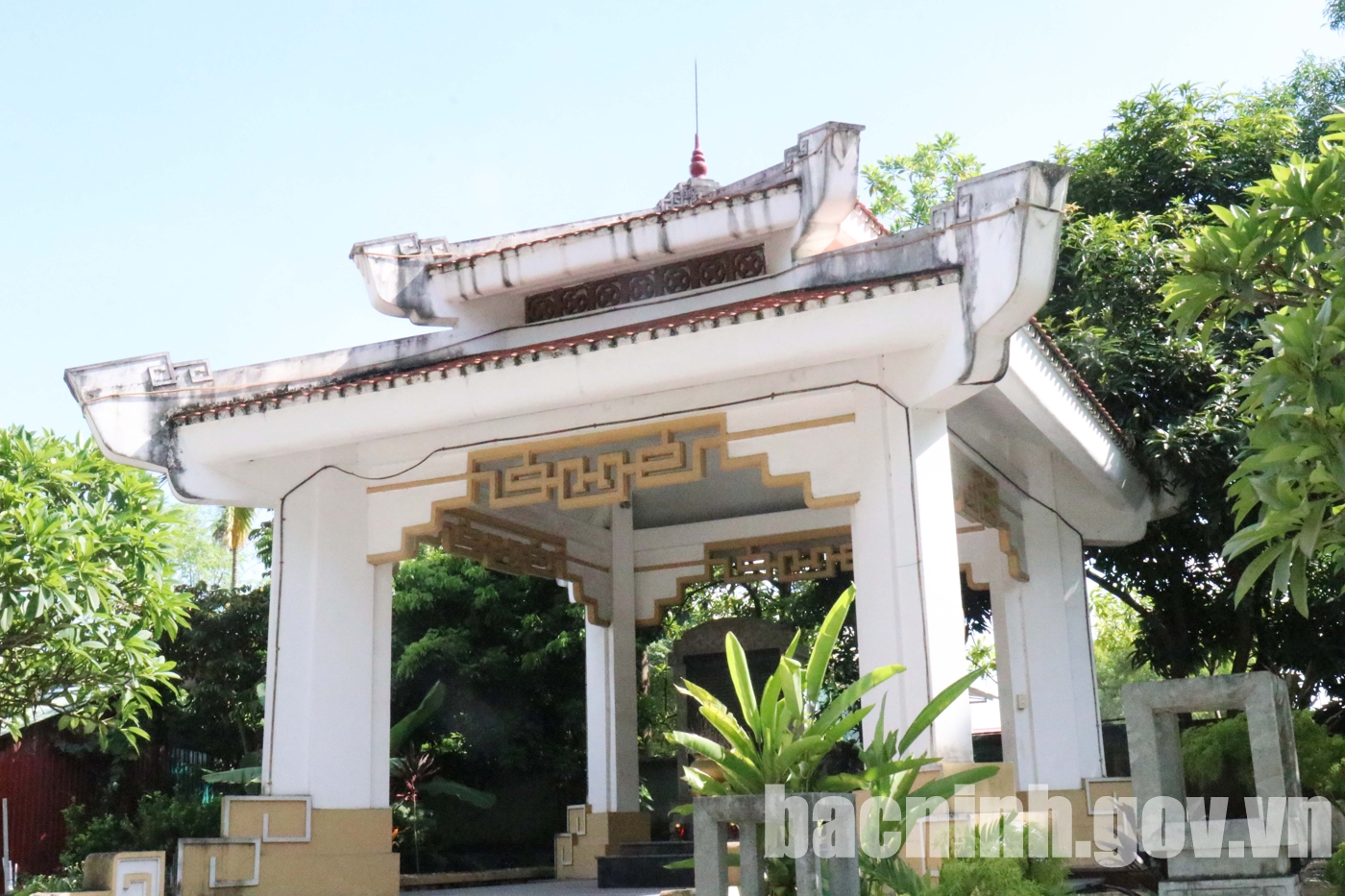
Temple of Hoang Quoc Viet in the relic site.
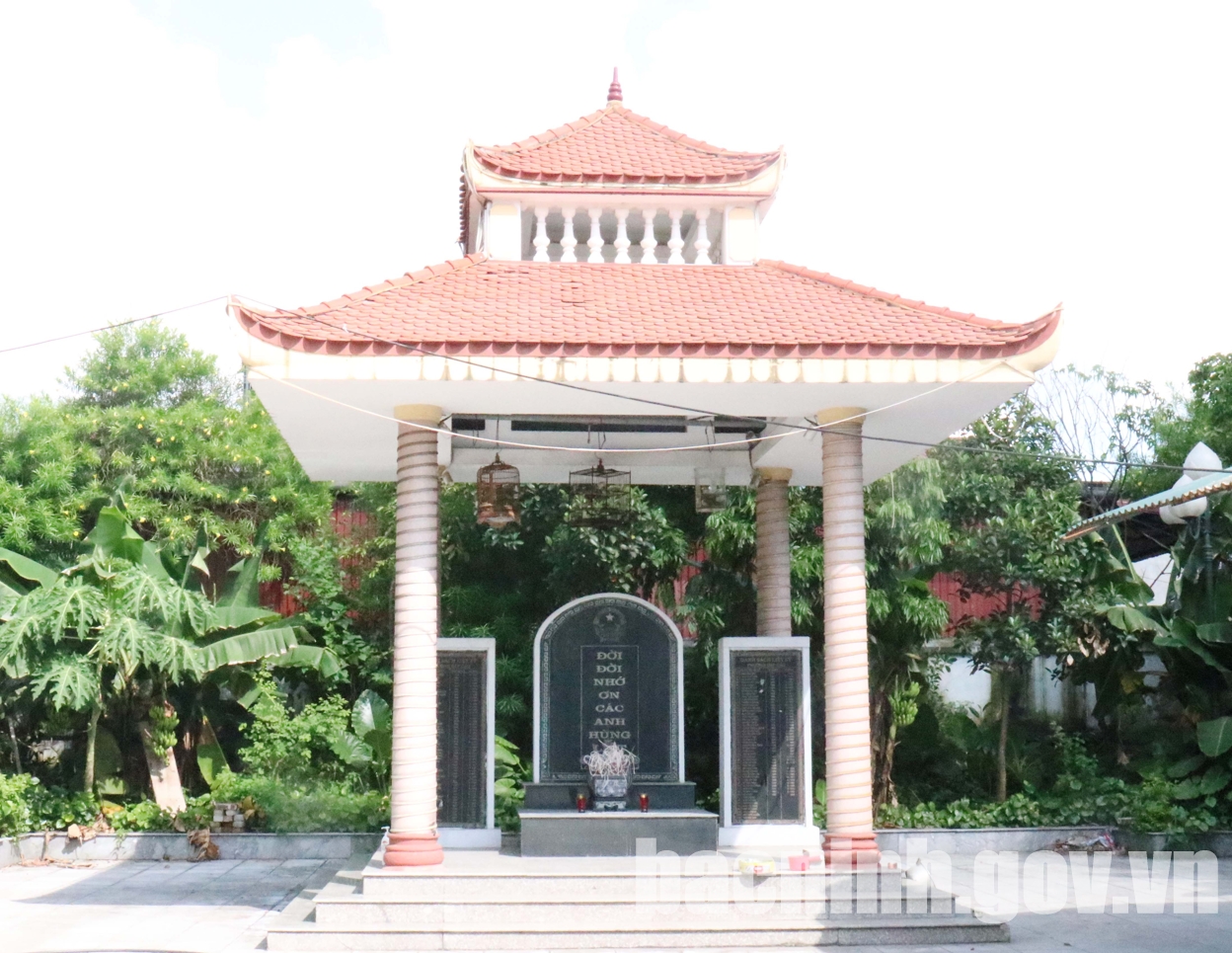
Monument of Heroic Martyrs in the relic site.
Dai Dinh building is an ancient architectural work from the Later Le period that is still preserved quite intact. The great communal house has a scale of 5 compartments, 2 lean-tons, 4 curved blades.

The ancient stele was carved in 1905 and 1926.

The Emperor’s Harem was built in the Nguyen Dynasty, with a scale of 1 compartment, 2 lean-tons, with 4 curved roofs.
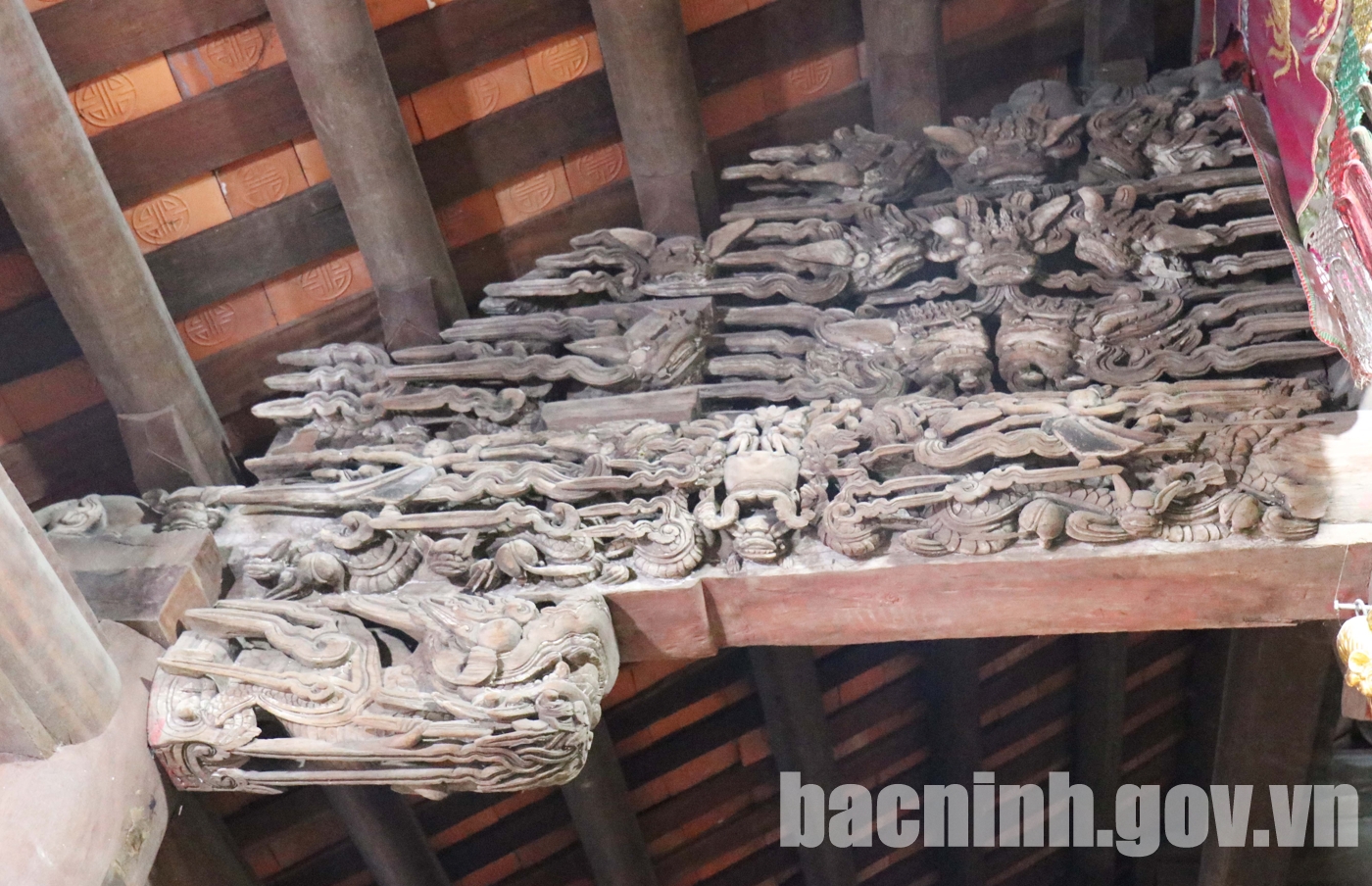
Architectural style of carving art of Le Mac period.
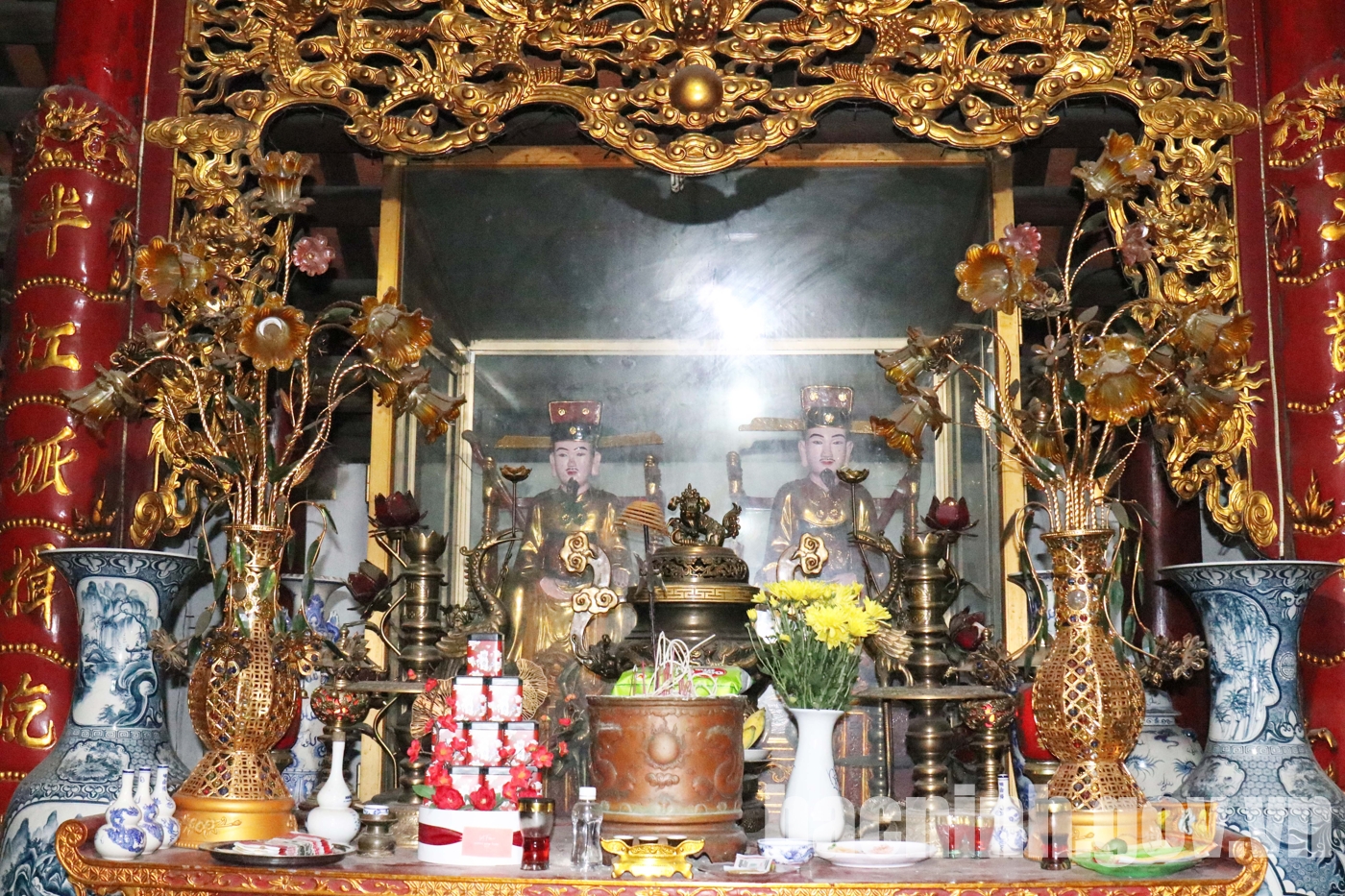
The statue of Saint Tam Giang (Truong Hong, Truong Hat) is located in the harem.
Dap Cau communal house worships Saint Tam Giang (Truong Hong, Truong Hat) - they were born in Van Mau village in a family of 5 brothers (Truong Hong, Truong Hat, Truong Lung, Truong Lay and sister Dam Nuong).
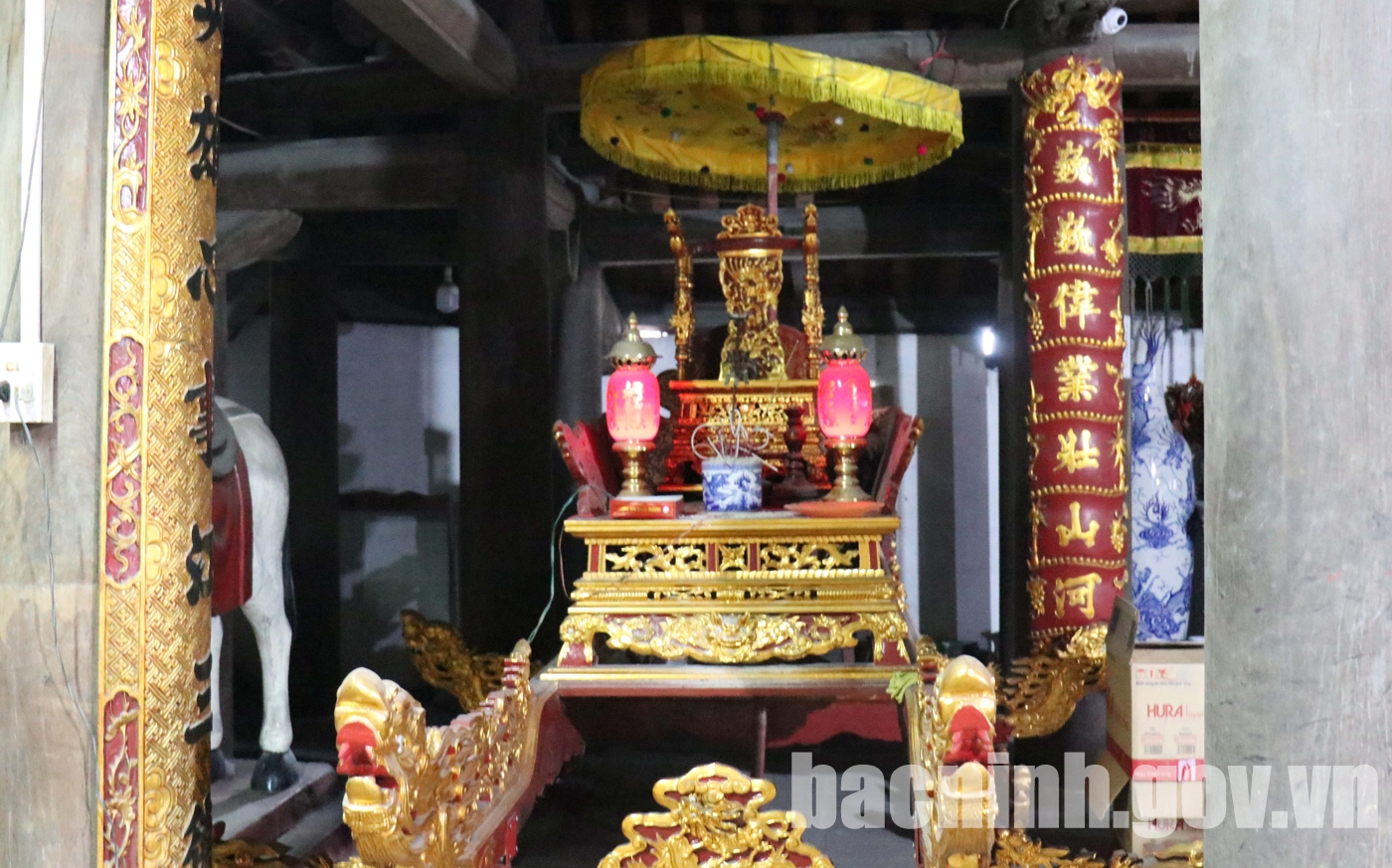
The throne of the Nguyen Dynasty.
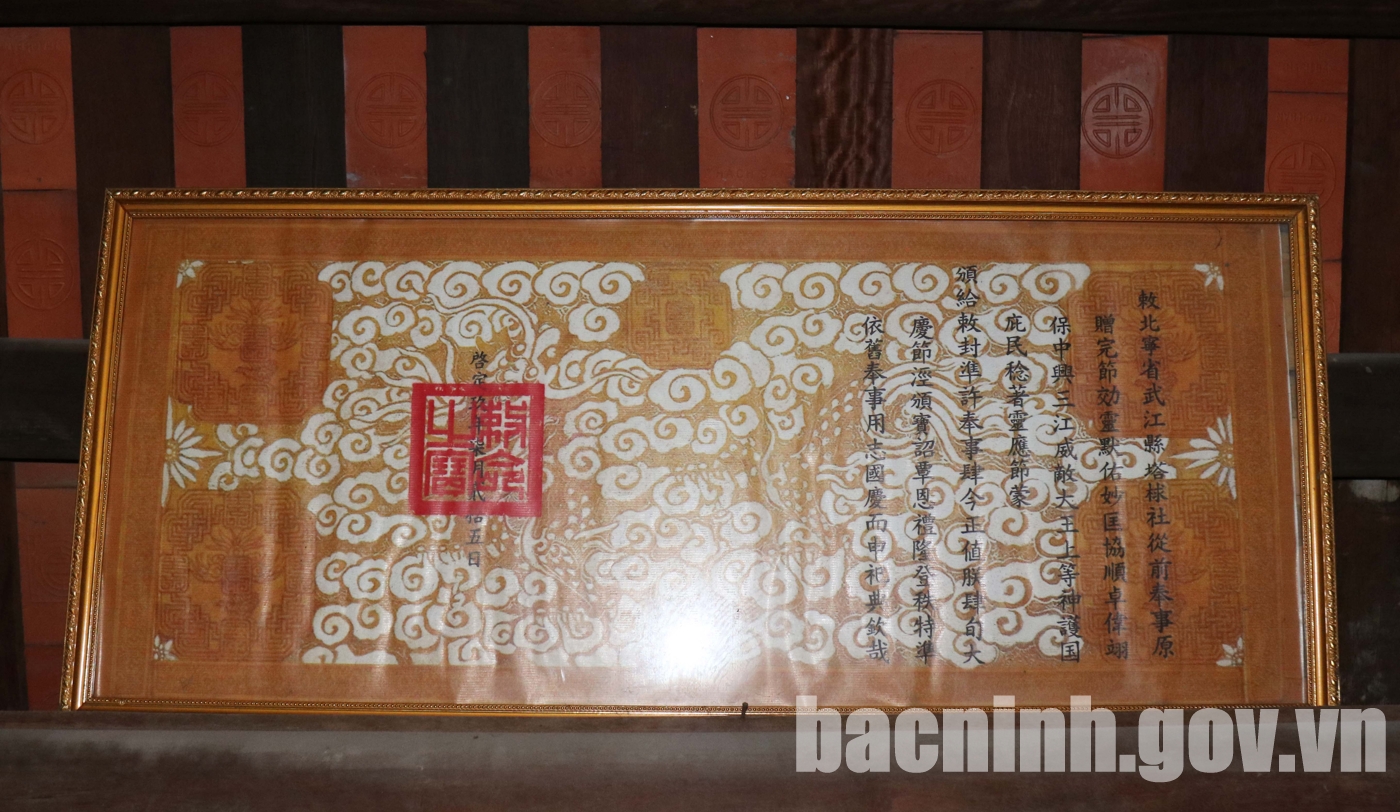
The ordination was granted by the King in 1924.
At present, Dap Cau communal house still preserves a number of valuable documents and artifacts such as the throne of the Nguyen Dynasty and many worshiping objects such as incense burners, diaphragms, candlesticks, and trays. In particular, 02 ordinations were granted by the King in 1924, and 02 steles were carved in 1905 and 1926.

Dap Cau communal house festival is held together with pagoda festival on January 14 and 15 every year. Dap Cau communal house was ranked as a national architectural and artistic relic by the State in Decision No. 188 QD/BT, dated February 13, 1995.






